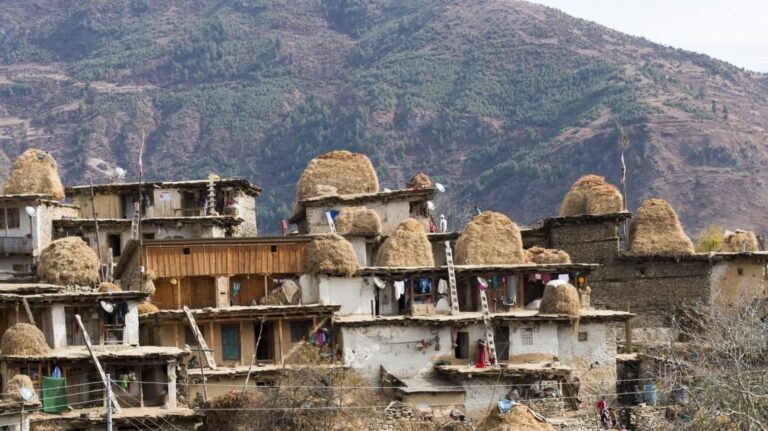
A budget of Rs.20 million allocated to support the income of Dalit in Humla district from the provincial government was returned to the treasury of Karnali provincial government after a lack of work procedure obstructed its expenditure.
Dhruba Kumar Batha Magar, chief of Industry and Consumer’s Right Office in the district, confirmed that the amount of Chief Minister Dalit Support Programme was sent back to the treasury of provincial government.
“The amount was released from the ministry last year to conduct Dalit Income Support Programme and unfortunately it is returned because there was no work procedure to spend the money,” he added.
He expressed worries for not being able to spend the money for the betterment of the people. “If there was work-procedure, we could spend money for the betterment of the targeted people,” he added.
According to him, most of the youngsters from Dalit community could be self-employed with that money now if there was work procedures.
“We had 20 million rupees in our hand but not the work procedures to spend the budget legally,” he said.
A huge number of Dalits live in Kharpunath, Simkot, Sarkeguard, Chankheli, Adanchuli and Tajkot rural municipalities and they are in need of support.
In Simikot, headquarters of remote Humla district that borders the Tibetan plateau, Dalits live in segregated settlements.
Rup Singh Sunar, a resident of Simkot Rural Municipality, said that it was unfortunate to send back the released amount to the treasury instead of spending it for the beneficiaries.
“After tireless efforts we were able to receive the amount, but it froze. We are very sad,” he said. According to the official data, a total of Rs. 240 million of programme froze from 10 districts in the province.
Dalit families labor under huge financial strain with children pushed to leave school and start work while their parents eke out a living as subsistence farmers.
One of the key factors that perpetuate poverty is social and economic exclusion through discrimination.
In Nepal, Dalits — one of the most marginalized groups — are still facing several forms of discrimination in all sectors.
As a result, Dalits today stand at the bottom of most indicators of socio-economic development.






